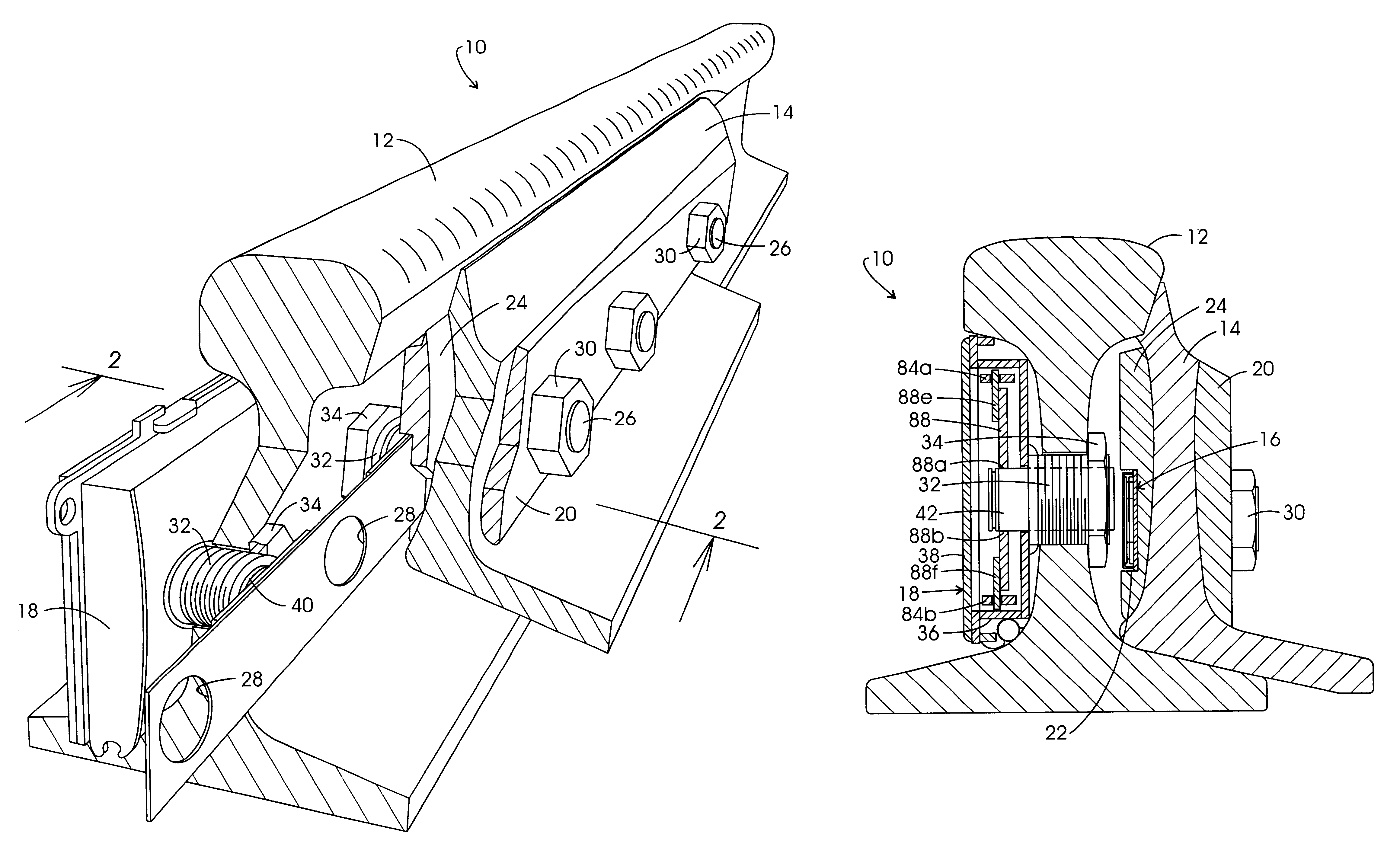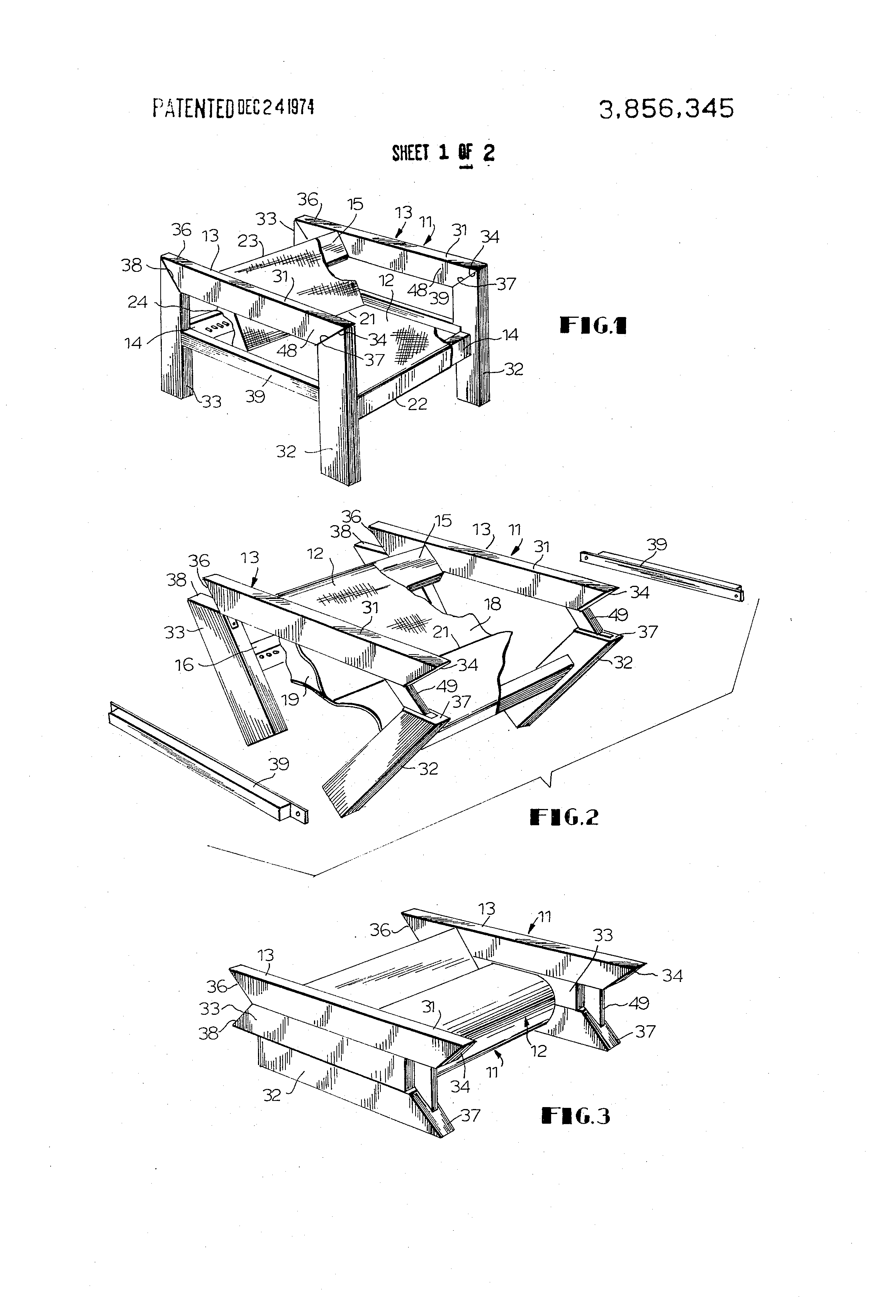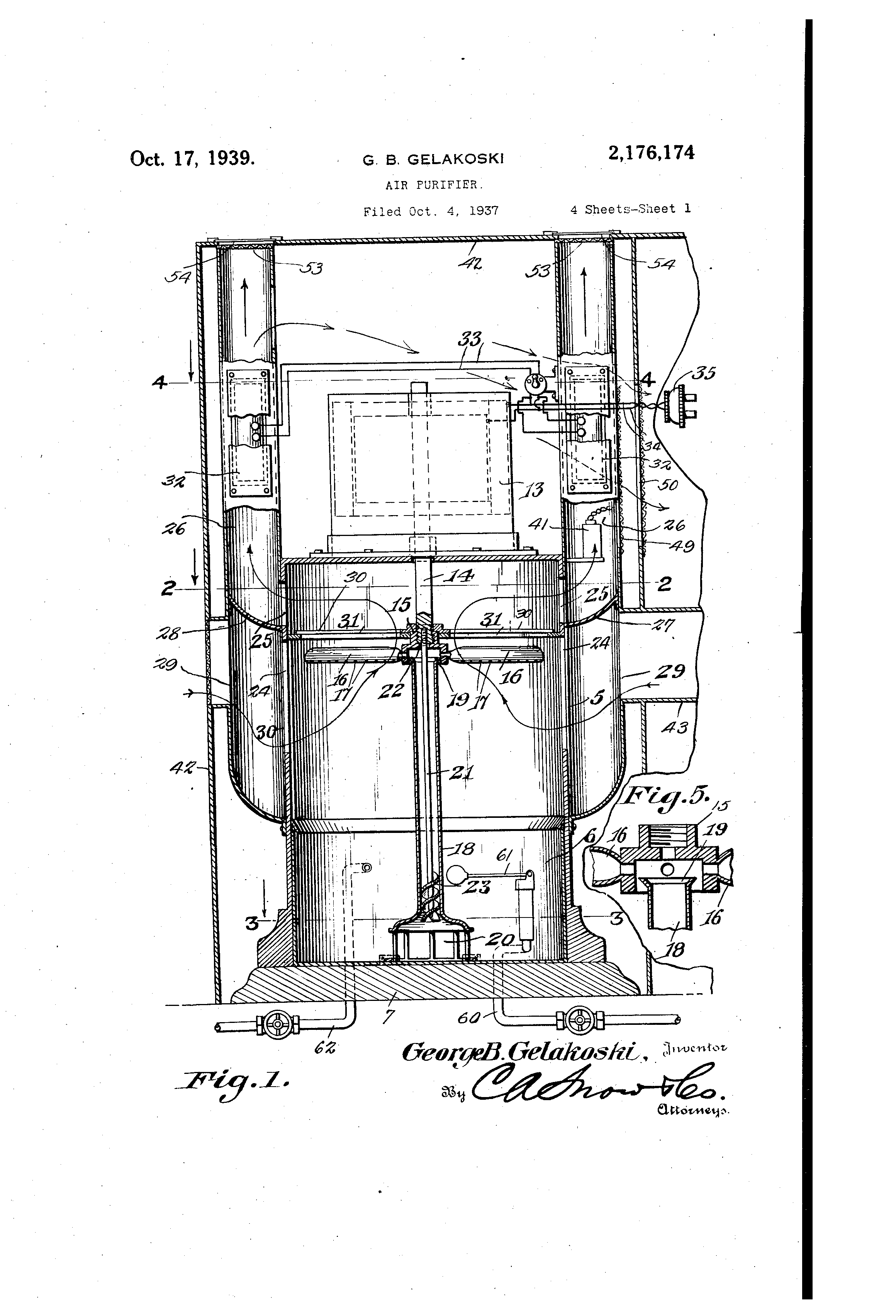Patent of the week-Railroad trackwork switch point position status indicator

A railroad switch or turnout is a kind of mechanical installation that guides railway trains to switch tracks i.e. from one track to another, such as at a railway junction or where a spur (secondary railway line) or siding (low-speed track section) branches off. Railroad switch, also known as railway switch or rail turnout, is a connecting device in the modern railway systems as such act as an important component of track, thereby allow trains to switch tracks.

Patent on such a device goes to Mr. Philip A. Taylor, for his invention of “Railroad track-work switch point position status indicator” bearing the Patent number ‘US6588710B1’ on 8th July 2003.
His invention is a precious contribution to mankind as it ensures and enhances railway safety by providing a secured system for trains to change tracks. Changing tracks is an inevitable necessity between two destinations so railroad switches make it possible for the trains to change tracks even on straight routes.
This invention relates generally to railroad track work switches, and particularly concerns sensor apparatus useful for detecting and indicating whether or not the switch point of a railroad track work, switch is satisfactorily positioned with respect to the switch stock rail. The apparatus functions to generate a ‘true’ control signal when the switch point is in a properly closed condition, and a ‘false’ control signal whenever the switch point is unsatisfactorily positioned relative to the switch stock rail for a closed switch condition. The ‘false’ control signal causes the external switch closure condition signal generator to display an observable condition indicator (e.g., a red light) meaning that applicable railroad operating restrictions are in effect.
The principal object of the present invention is to provide proximity sensing hardware that reliably indicates the operating status (i.e., “either satisfactory” switch closure or “unsatisfactory” switch closure) of a connected hand-thrown railroad track work switch.
Other objectives of his invention are to provide such a proximity sensing hardware which should not be fooled by the presence of stray metal or other detritus in the co-operating railroad track work switch assembly and which may be conveniently maintained in the course of normal railroad operations.



